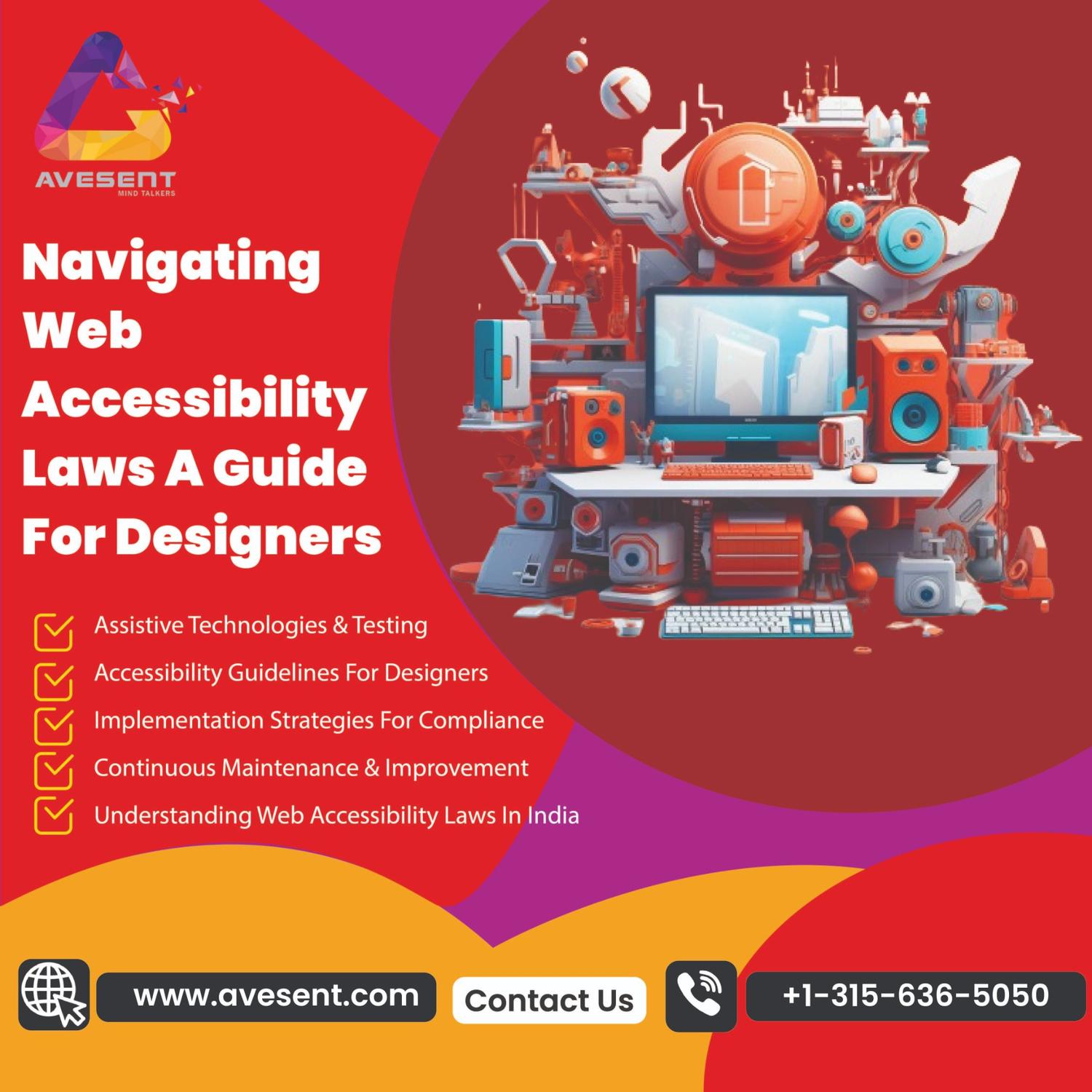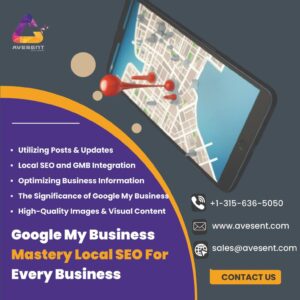In the digital landscape, accessibility is a fundamental aspect that ensures everyone, regardless of ability, can access and navigate online content seamlessly. Here’s a comprehensive guide for designers within digital marketing agencies in India to navigate through web accessibility laws:
Understanding Web Accessibility Laws in India:
Rights of Persons with Disabilities Act (RPwD) 2016: This act mandates that websites and applications should be accessible to people with disabilities. It outlines guidelines for accessibility standards.
Key Principles of Web Accessibility:
Perceivable: Ensure that information and user interface components are presentable to all users, regardless of disabilities like vision impairment or color blindness.
Operable: Design web content that can be easily navigated and operated by users with various disabilities, including those who rely on assistive technologies.
Understandable: Aim for content that is easily understandable to a diverse audience, avoiding complex language or design elements that might confuse users.
Robust: Develop content that can be interpreted reliably by a wide variety of user agents, including assistive technologies.
Accessibility Guidelines for Designers:
Semantic HTML: Use proper HTML elements to define the structure of the content, enhancing readability and comprehension for screen readers.
Alt Text for Images: Add descriptive alt text to images, ensuring that users with visual impairments can understand the content conveyed by visuals.
Color Contrast: Maintain sufficient color contrast between text and background for improved readability, accommodating users with visual impairments.
Keyboard Accessibility: Ensure all functionalities can be accessed and operated using a keyboard only, as many individuals rely on keyboard navigation.
Assistive Technologies and Testing:
Screen Readers: Understand how screen readers work and test your website’s compatibility with them.
Manual Testing: Perform manual tests to ensure accessibility standards are met, such as navigating without a mouse or using screen reader simulations.
Implementation Strategies for Compliance:
Training and Awareness: Educate design teams about accessibility guidelines and standards to integrate them into the design process effectively.
Accessible Design Tools: Employ design tools that support accessibility features and functionalities, facilitating the creation of accessible content.
Continuous Maintenance and Improvement:
Regular Audits: Conduct regular audits to evaluate the accessibility of websites and applications, addressing any non-compliance issues promptly.
Feedback Mechanisms: Encourage users to provide feedback on accessibility, helping identify areas that need improvement.
Benefits of Web Accessibility Compliance:
Wider Reach: Accessible websites cater to a broader audience, fostering inclusivity and reaching individuals with disabilities.
Legal Compliance: Ensuring compliance with accessibility laws helps digital marketing agencies avoid legal ramifications and build a positive brand reputation.
For digital marketing agencies in India, adhering to web accessibility laws isn’t just a legal obligation; it’s a commitment to inclusivity and equal access to information. By prioritizing accessibility in their design processes, agencies can create impactful and user-centric digital experiences that cater to a diverse audience while meeting legal requirements.




